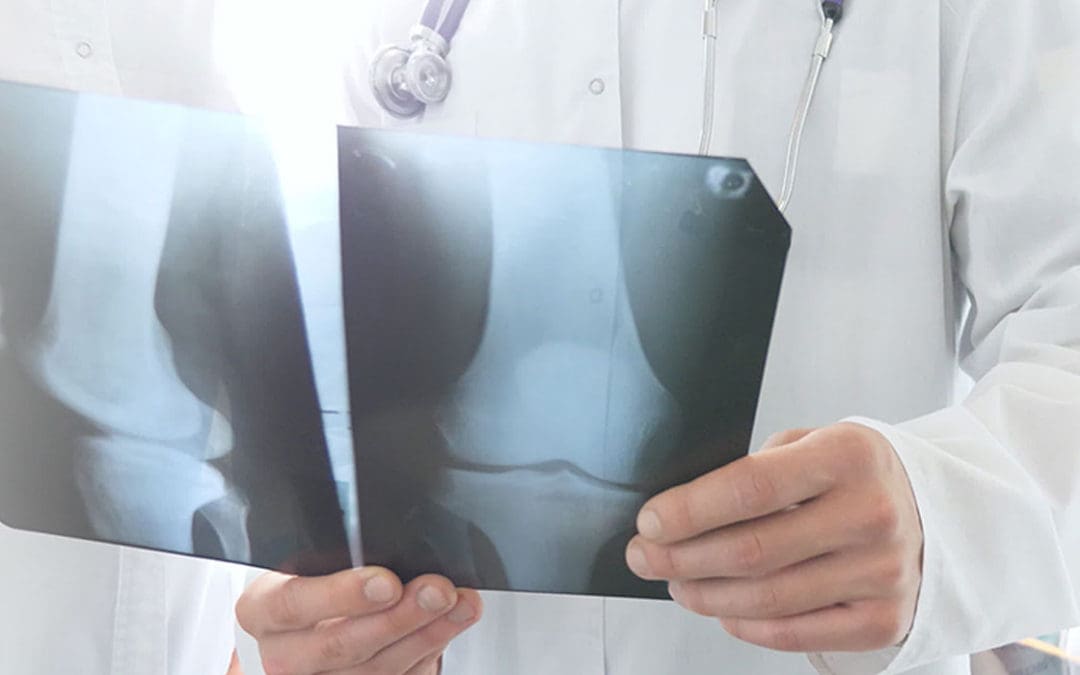In this article, I’m going reveal a few major advantages of upgrading to digital X-Ray machines. The world of medical is evoloving rapdidly, and x-ray systems are also getting smarter and advanced. The quality of outputs of digital-xrays is way better than traditional x-rays and reduction in radiation is quite noticiable as well. These are just a few advantages; let’s take a closer look at the benefits that digital X-rays can provide.
7 Advantages of Digital-X Rays
1) Enhanced Image Quality
Digital X-rays simply provide you high quality images compared to traditional x-rays. It is impertive to have a high qualtiy and detailed image of body to be able to dignose the issue properly. These digital images can be zoomed to view minor fracture which allows doctors aid the injury more accurtraly.
2) Instant image sharing
Image of Digital-xray can be shared easily and instantly gone are the days for you walking around with massive envelopes containing x-rays films. Unlike traditional film, which requires processing time, digital X-ray images are available in a matter of seconds.
3) Reduced Radiation Exposure
Digital X-ray systems typically require lower radiation doses to produce high-quality images. Because digital radiography uses digital sensors means not much of the radtion is required to capture images, on other hand traditional systmes use film. Digital-rays delivers 80 percent less x-rays as compared to old x-rays, this is benificial for patients as well they are exposed to less radiation.
4) Efficient Workflow and Productivity:
Undoubtedly digital x-ray systems have a become great alternatives to conventional x-ray systems. Traditional x-rays systems
images eliminate the need for costly film cassettes, film processing, and film storage. The images are immediately available over a global network accessible by physicians in remote locations, allowing them to consult in diagnoses more efficiently.
5) Cost Savings in the Long Run:
Digital x-rays can be a cheaper option in in the long run. Simply because, they exclude requirments for consumables. Additionally, the reduced maintenance requirements and improved workflow efficiency contribute to cost-effectiveness over time.
6) Advanced Diagnostic Capabilities
Digital X-ray opens doors to advanced diagnostic capabilities, including computer-aided detection (CAD) and the integration of artificial intelligence (AI). These technologies assist healthcare professionals in detecting subtle abnormalities and improving diagnostic accuracy, ultimately leading to better patient outcomes.
7) Enhanced Patient Experience:
The transition to digital X-ray contributes to a more positive patient experience. With shorter waiting times, quicker image acquisition, and the potential for fewer retakes due to image quality issues, patients benefit from a smoother and more comfortable imaging process.
Also read: How do digital x-rays work
Conclusion:
The benefits of upgrading from X-ray film and CR machines to digital X-ray are evident in the realms of image quality, efficiency, and patient care. This technological evolution not only keeps healthcare facilities at the forefront of diagnostic capabilities but also aligns with the overarching goal of providing safer and more effective healthcare services. The investment in digital X-ray technology proves to be a strategic move towards a future where precision and speed in diagnostics converge for the betterment of patient outcomes.

